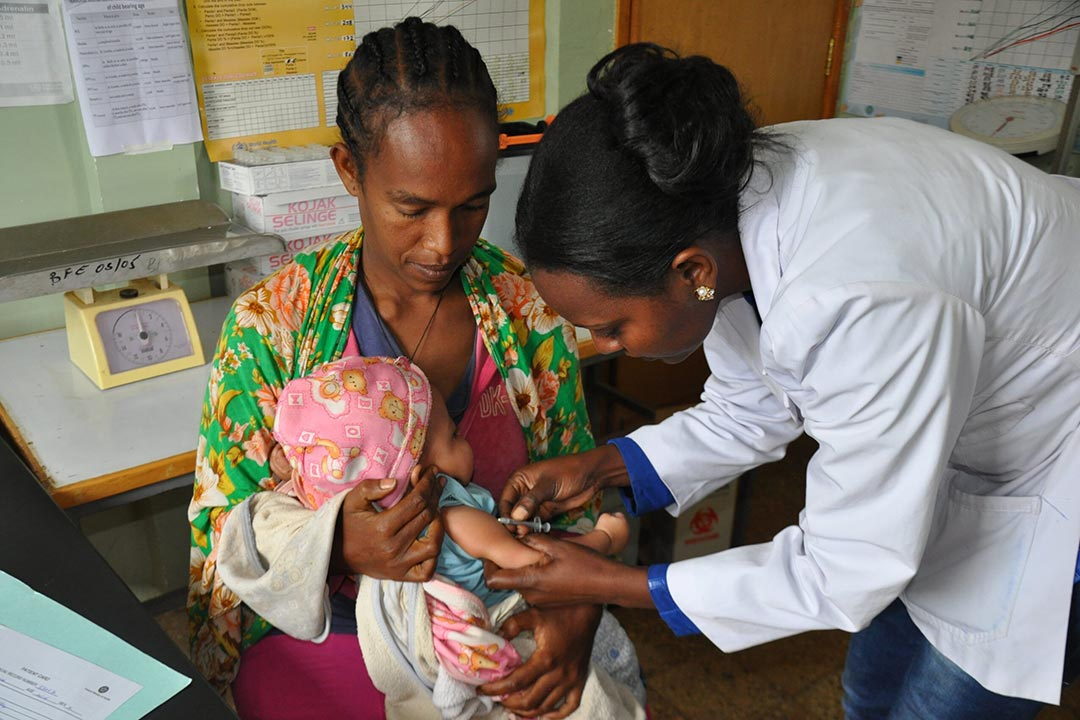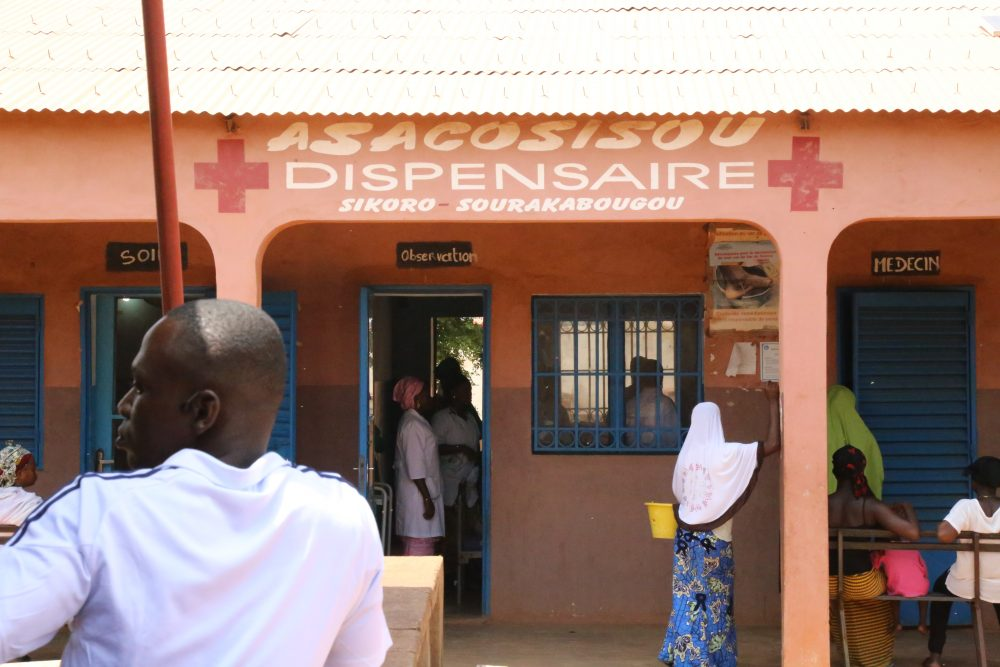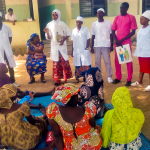Vaccination has saved millions of lives, but not everyone has access to them. People may be prevented from receiving vaccinations by gender-based restrictions and inequity. Both the availability and demand for immunisation services are impacted by gender. We must develop and implement gender-responsive interventions if we are going to increase the number of people who receive immunizations.

Gender-related barriers are one of the most important topics considered in the Immunization Agenda 2030 (the IA 2030) by WHO, and it should be prioritised at multiple levels from systems, community, household, and indeed individual levels. It also indicates that gender-related barriers have impacts on delivering services from health systems and health-seeking behaviours from people[1]. WHO has broken down gender-related barriers into six (6) components. In the scope of the paper, we will provide the first barriers from the gender lens to immunisation inequity – Poor quality services and negative health provider attitudes. Several aspects will be referred to below.
Poor working conditions and lack of supportive supervision. It is common for healthcare providers in developing countries to work in difficult conditions, including low salaries and allowances, poor working equipment, inadequate labour safety measures, and insufficient support from professionals. Overwhelmed by a huge workload, healthcare workers often have negative attitudes toward their work and healthcare clients. It may lead to a bad experience for the patient at the healthcare facility[1]. Low income and pay-gap between genders also cause health staff to have a negative attitude toward their work and patients. Besides, the lack of professional guidance prevents healthcare providers from having the opportunity to improve their skills[2]. All these factors can cause healthcare users including mothers and childcare givers bad experiences, which prevent them from returning for health services including vaccination.
Patronising and disrespectful treatment are still popular in many places, especially with women and girls. A qualitative study in Guinea indicated that women had had mistreatment experiences during childbirth such as physical abuse, abandonment, and being neglected[3]. Their bad experiences would lead to the hesitancy to go to health centres seeking healthcare services for themself and their children including vaccination because in many settings, men are not responsible for vaccinating children. Both these conditions could restrict opportunities for children to get vaccinated.

Absence of female healthcare providers. Sociocultural and/or religious almost influence these factors in areas. Women and girls may not seek care for themselves and their children because they are afraid of physical and social contact with male healthcare workers. A study in Afghanistan indicated that pregnant women refused to get tetanus vaccination from male staff[1]. On the other hand, in Africa and the Middle East, women have to face the work-life balance challenges between their primary role as being mothers and the nature of healthcare jobs as shifting works[2] [3]. This can be a reason for the lack of women in health workers and vaccinators.
Disabilities. There are disparities in providing health services to people who live with disabilities between genders. Four factors influence the accessibility of women with disabilities to health services including poor knowledge, negative experiences, limited information, and lack of transparency[4]. A study by Helpage in 2018 indicated that the proportion of females living with disabilities was nearly double the proportion of males[5]. Women and girls with disabilities also report high levels of stigma and discrimination in health facilities which restricts their ability to seek help[6]. This implies that women and girls with disabilities cannot get fully vaccinations.
Discrimination in healthcare settings. Gender discrimination at health facilities exists in many forms and levels, which affect both healthcare receivers and health providers. In a 2013 research, researchers have found evidence that the female healthcare workers in Lebanon have to face discriminatory recruitment and promotions to higher positions, which can influence the decision-making process. The pay gap between male and female health workers was also mentioned in this research [1]. Regarding people using health services, a study in Asia shows that more than one-third of women have been mistreated while delivering children at health facilities [2]. Remarkably, people classified as LGBT often face discrimination when seeking health services, including refusal to examination, delayed service, and abusive language[3]. As a result, they would be discouraged from going to hospitals and other health facilities for health services including immunisation services.

[1] Why gender matters: immunization agenda 2030. Geneva: World Health Organization; 2021
[2] Montano, D., Kuchenbaur, M., Geissler, H. et al. Working conditions of healthcare workers and clients’ satisfaction with care: study protocol and baseline results of a cluster-randomised workplace intervention. BMC Public Health 20, 1281 (2020). https://doi.org/10.1186/s12889-020-09290-4
[3] Rothwell C, Kehoe A, Farook SF, Illing J. Enablers and barriers to effective clinical supervision in the workplace: a rapid evidence review. BMJ Open. 2021 Sep 28;11(9):e052929. doi: 10.1136/bmjopen-2021-052929.
[4] Balde, M.D., Diallo, B.A., Bangoura, A. et al. Perceptions and experiences of the mistreatment of women during childbirth in health facilities in Guinea: a qualitative study with women and service providers. Reprod Health 14, 3 (2017). https://doi.org/10.1186/s12978-016-0266-1
[5] Saving the lives of mothers and newborns in Afghanistan. Save the children. March 2008.
[6] Tlaiss HA. Women in healthcare: Barriers and enablers from a developing country perspective. International Journal of Health Policy and Management 2013; 1: 23-33.
[7] The challenges and realities of work-family balance among Nigerian female doctors and nurses. Economic Insights – Trends Challenges. 2014.
[8] Matin, B.K., Williamson, H.J., Karyani, A.K. et al. Barriers in access to healthcare for women with disabilities: a systematic review in qualitative studies. BMC Women’s Health 21, 44 (2021). https://doi.org/10.1186/s12905-021-01189-5
[9] Sex, Age and Disability Disaggregated Data. 2018. Helpage International
[10] Disability and Violence against Women and Girls, July 2018. UKaid, London
[11] Tlaiss HA. Women in healthcare: Barriers and enablers from a developing country perspective. International Journal of Health Policy and Management 2013; 1: 23-33.
[12] New WHO evidence on mistreatment of women during childbirth, 2019
[13] Discrimination Prevents LGBTQ People from Accessing Health Care, 2018


